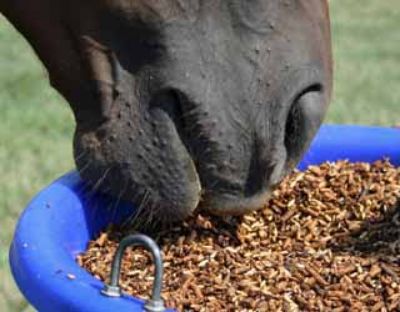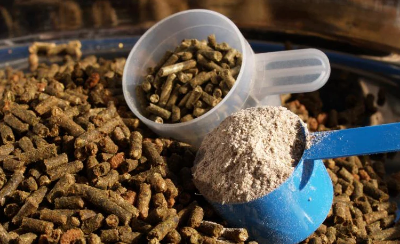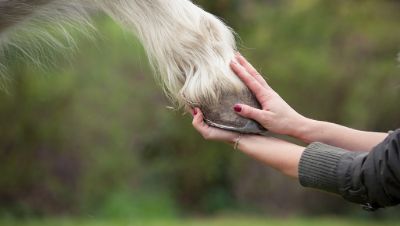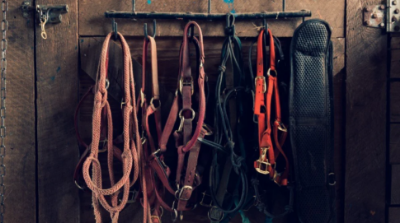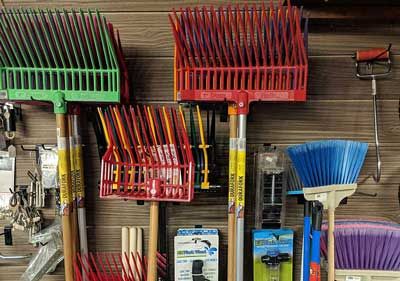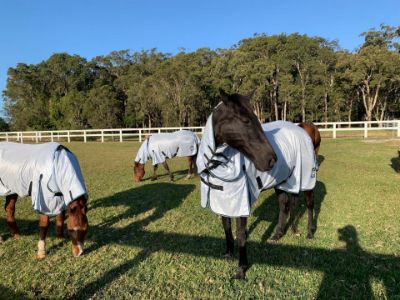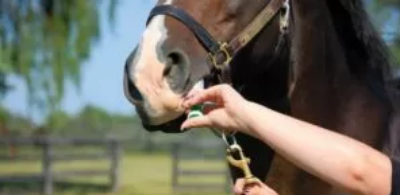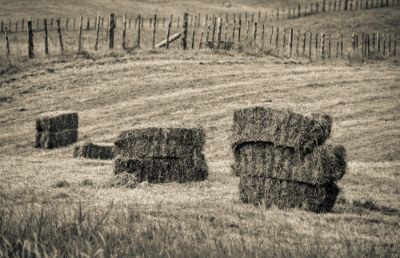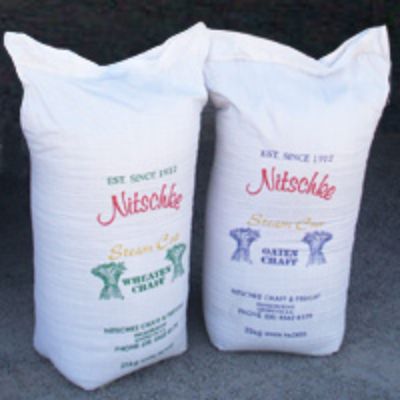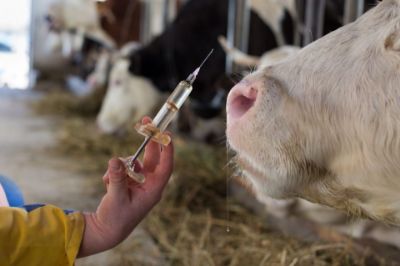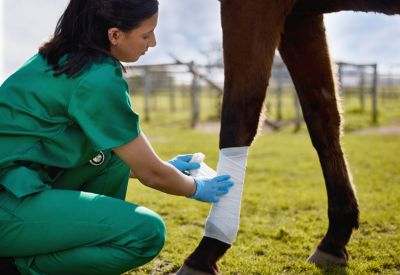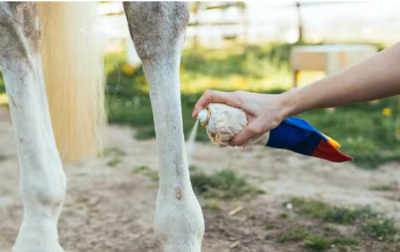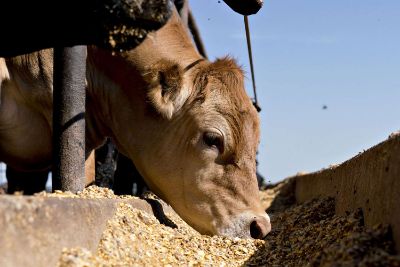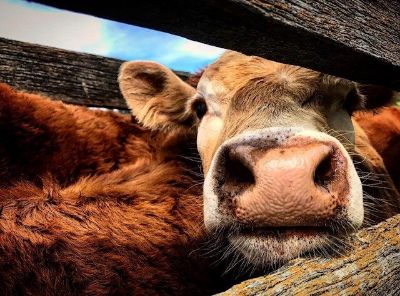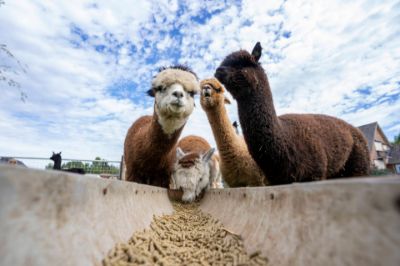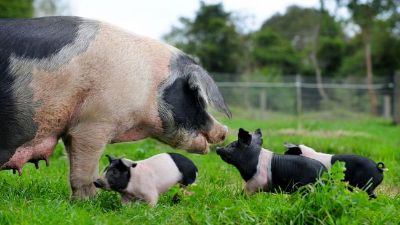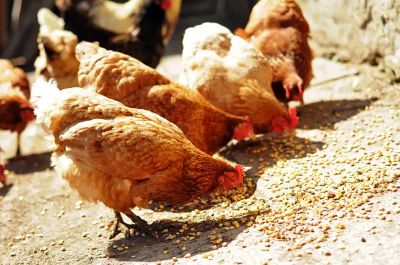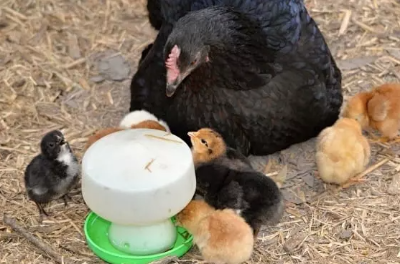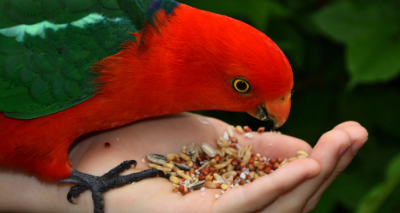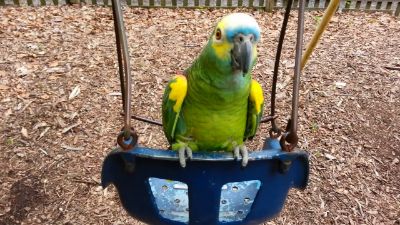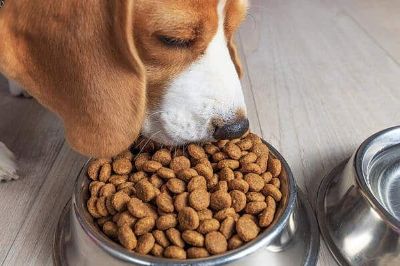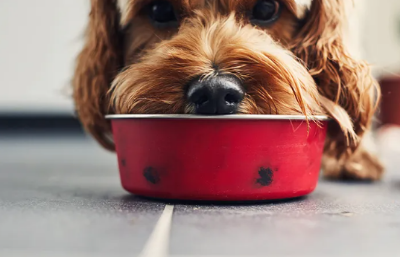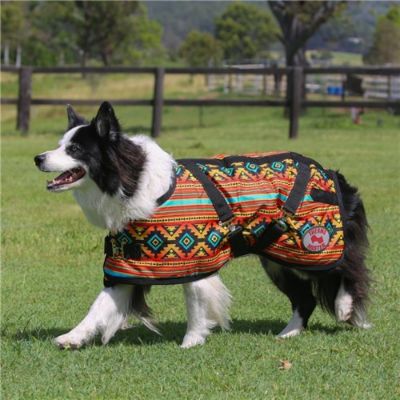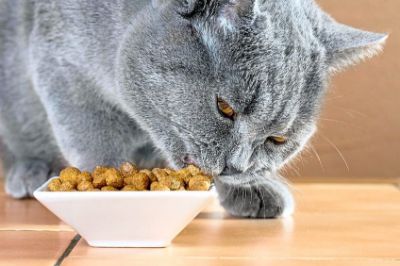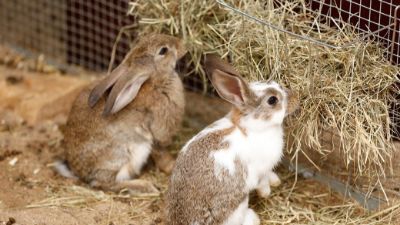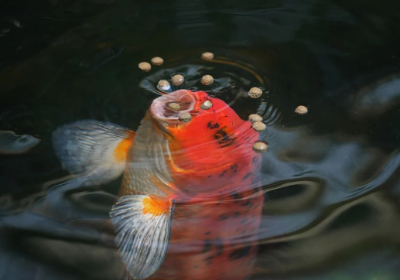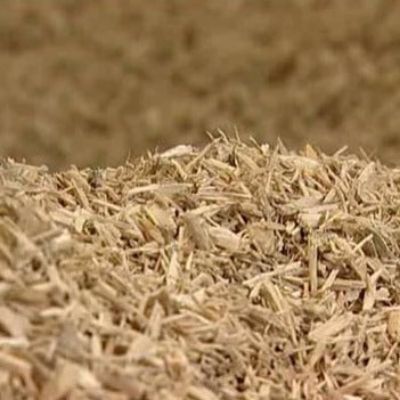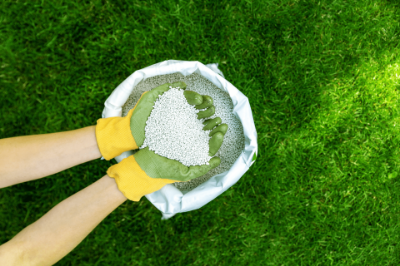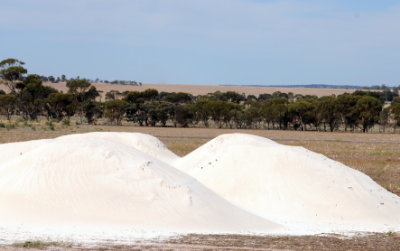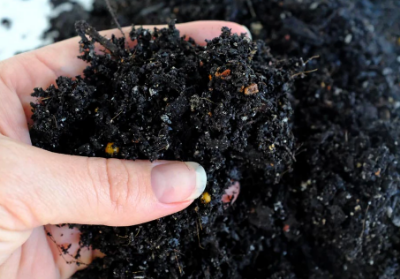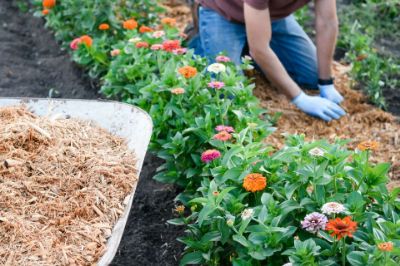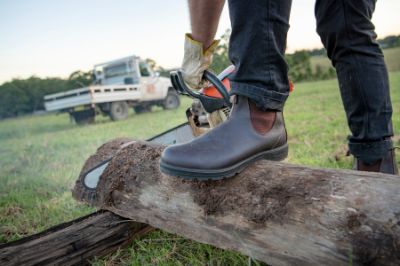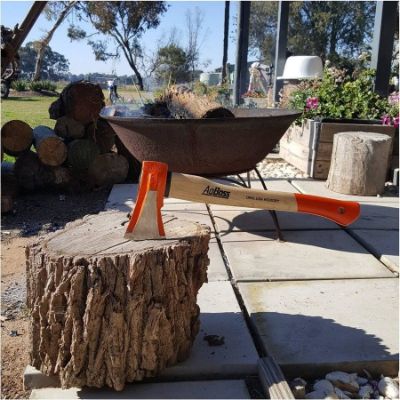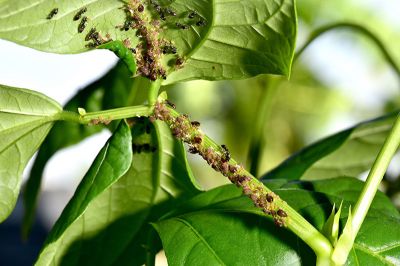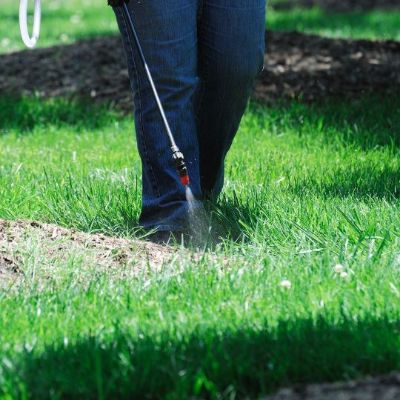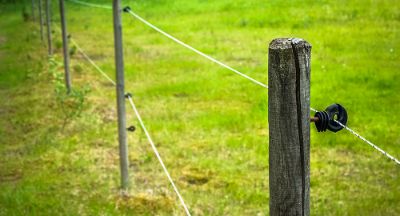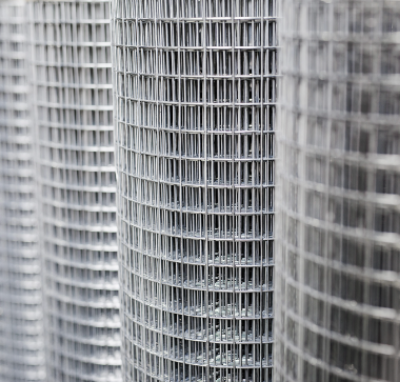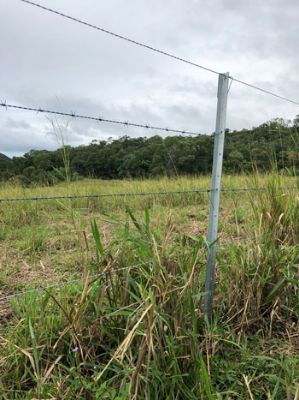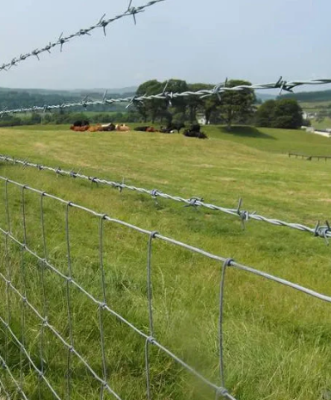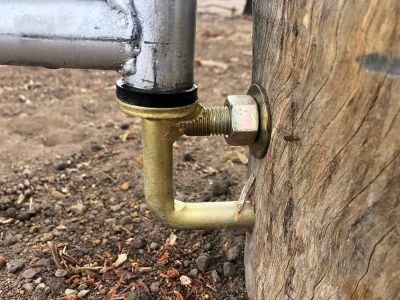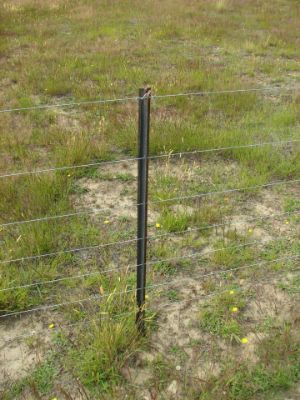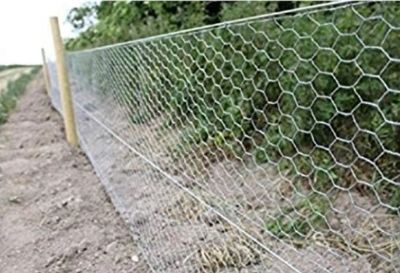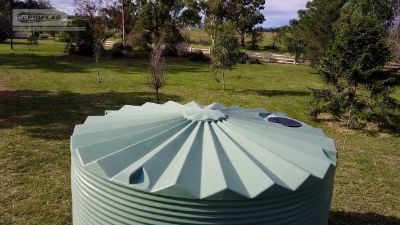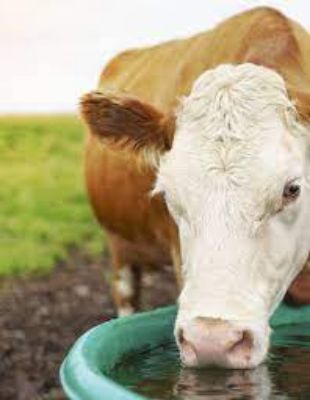
Despite having a naturally large appetite, some horses can be surprisingly fussy when it comes to their feed. They may even snub the offering if it’s not to their taste, which is why it’s important to choose the right type for the animal—both their health and their temperament depend on it.
One of the more reliable types of hay is Lucerne hay. While Lucerne is often the subject of mixed options, it has a good nutrient profile—offering more protein and energy than grass or cereal hays and chaffs, with high concentrations of micro and macro minerals including calcium, magnesium, and vitamins A and E. While you do need to consider some factors in choosing Lucerne hay, it’s proven to be a suitable forage for many types of horses, particularly for performance horses.
As with other types of hay, not all Lucerne hay is the same. You should always inspect your hay before you buy it, and colour is an important indicator of whether or not it’s safe to buy. But there are, luckily, a few other simple ways to determine whether the quality is up to scratch—and whether it will appeal to the fussiest of your horses.
Colour
Although it’s not all about the colour, colour is important in determining Lucerne hay quality and nutritive value. It also reveals a lot about how the hay was made, and how it was handled and treated throughout the process.
The most desirable colour for Lucerne hay, as with most hay, is bright green. It indicates that the forage is free of mould and disease, and a good source of nutrients. If Lucerne hay is yellow, it may have been cut too late, or it might have been leached of nutrients after being exposed to rain during curing. Yellowing could also indicate that the hay has been sun-bleached, usually with exposure to direct sunlight from poor storage solutions. Although yellowing marginally decreases the palatability and nutritional value of Lucerne, it often only affects the outside of the bale, and the middle is often unaffected.
Never buy brown Lucerne hay, especially if it emits a tobacco-like odour. This indicates overheating during storage, and excessive moisture and fungal growth. It’s also unpalatable, and shouldn’t be fed to horses.
Texture
Some Lucerne varieties have a coarser stalk than many other hays. Don’t let this put you off: many horses actually prefer it.
The hay must be soft to the touch and have a full leaf on the stalk. A high leaf to stem ratio aids digestion in horses, and the length of the pieces of hay are also important for promoting salivary flow and maintaining gut function. While keeping this in mind, it also pays to remember that if Lucerne is too stalky, horses won’t eat it.
The ideal length is 2-4cm long, which will both stimulate saliva production and ensure sufficient buffering time in the digestive system.
Lucerne chaff moves quickly through the gut, reducing nutrient absorption—as much as 60% of it can bypass digestion. This is useful for young foals, but it doesn’t generally benefit adult horses unless you use it to increase the bulk and fibre content of grain-based rations for race horses.
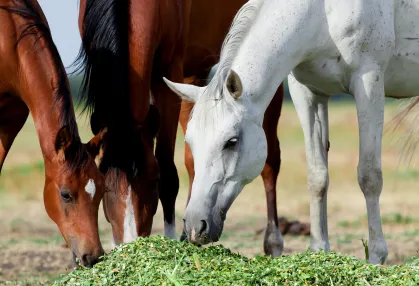
Aroma
Be wary of Lucerne (or any hay) that has a musty or a distinct metallic smell, because it indicates that the hay is decomposing or housing nasty bacteria. Horses are very sensitive to dust, mould and other toxins, which can cause asthma, lower respiratory tract disease, and colic, so it’s important to make sure your Lucerne has been stored appropriately and is still fresh before you buy.
Lucerne tends to lose both colour and aroma as it loses freshness. As it loses freshness, its vitamin concentration depletes, as does its palatability. A well-conditioned and baled Lucerne hay will give off a fresh, pleasant, slightly sweet, grassy odour, which should be easy to distinguish before you buy.
Harvest
Summer Lucerne hay is heavier and more tightly compressed than bales made in winter time. There are both winter-active and winter-dormant varieties of Lucerne, and the different requirements for cutting, conditioning and baling—as well as weather patterns—can impact on the quality of the hay.
There’s always a compromise between protein content and yield in cutting Lucerne. High-quality Lucerne hay with a high protein content is usually the result of frequent, short-interval cutting, so favour this process where you can. Where the Lucerne is cut in longer intervals, it’s often stemmy with low nutritional levels.
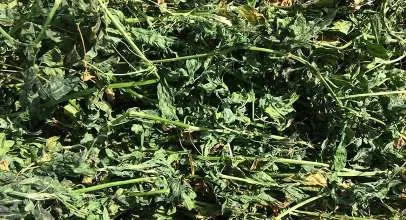
Dryness
It’s important to check the moisture levels in Lucerne hay before you buy it. This is because moisture content is the primary determinant in whether the hay has been cured properly or not.
Baling uncured or damp hay causes heating, mustiness, and mouldiness, which are all dangerous to the health of your horses, which is why it shouldn’t be baled until there’s less than 20% moisture. The hay should also not be hot: if it is, it’s a good environment for bacteria to thrive in, and it tends to compost from the inside out. If there’s any doubt, part the bale open and examine the core.
Over-drying can be just as detrimental. Shattered leaves, brittle stems, and loss of colour all indicate loss of quality, which can mean low nutrient concentrations and poor texture for digestion. Hay that is too dry or too moist is also unpalatable to horses, which is particularly important to keep in mind if your animals tend to be fussy eaters.

